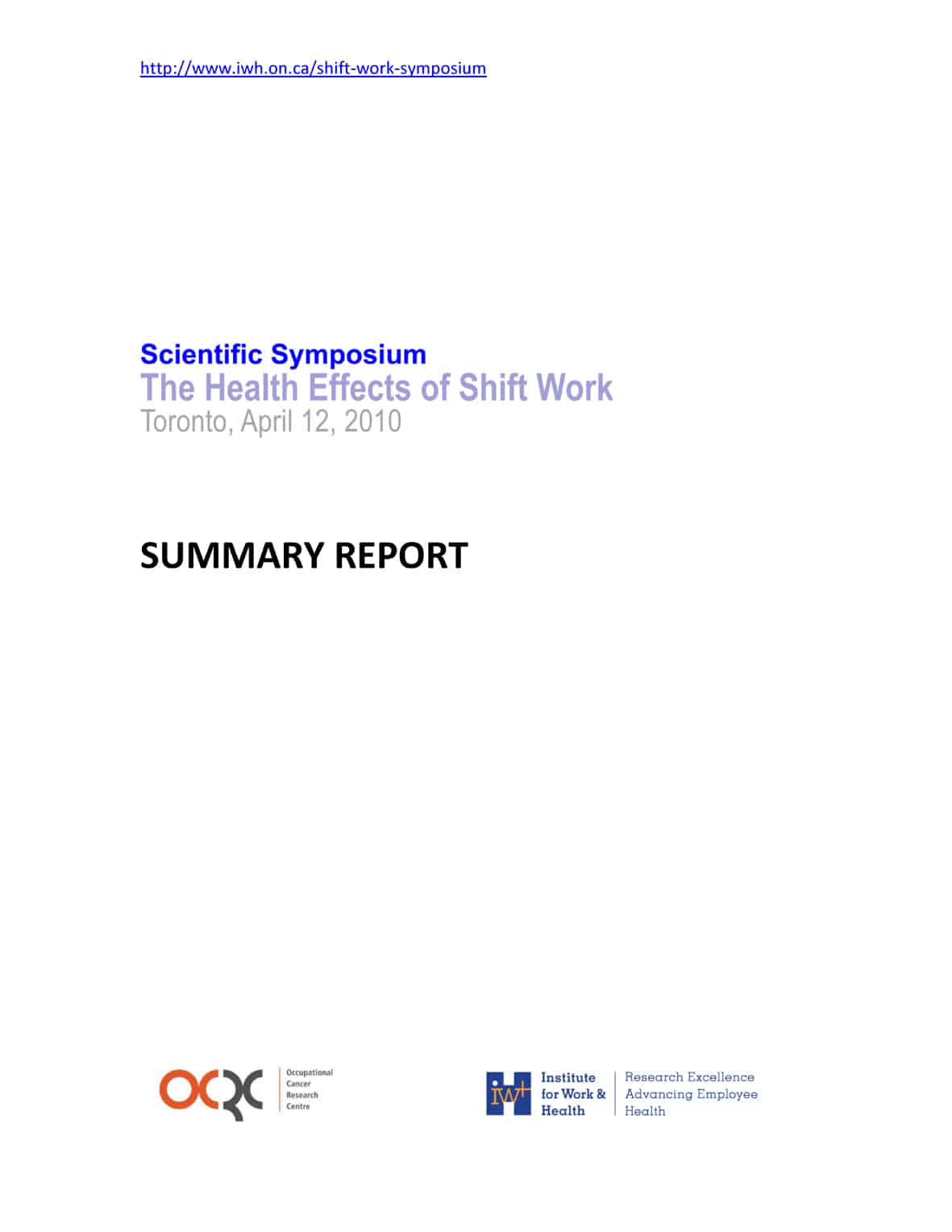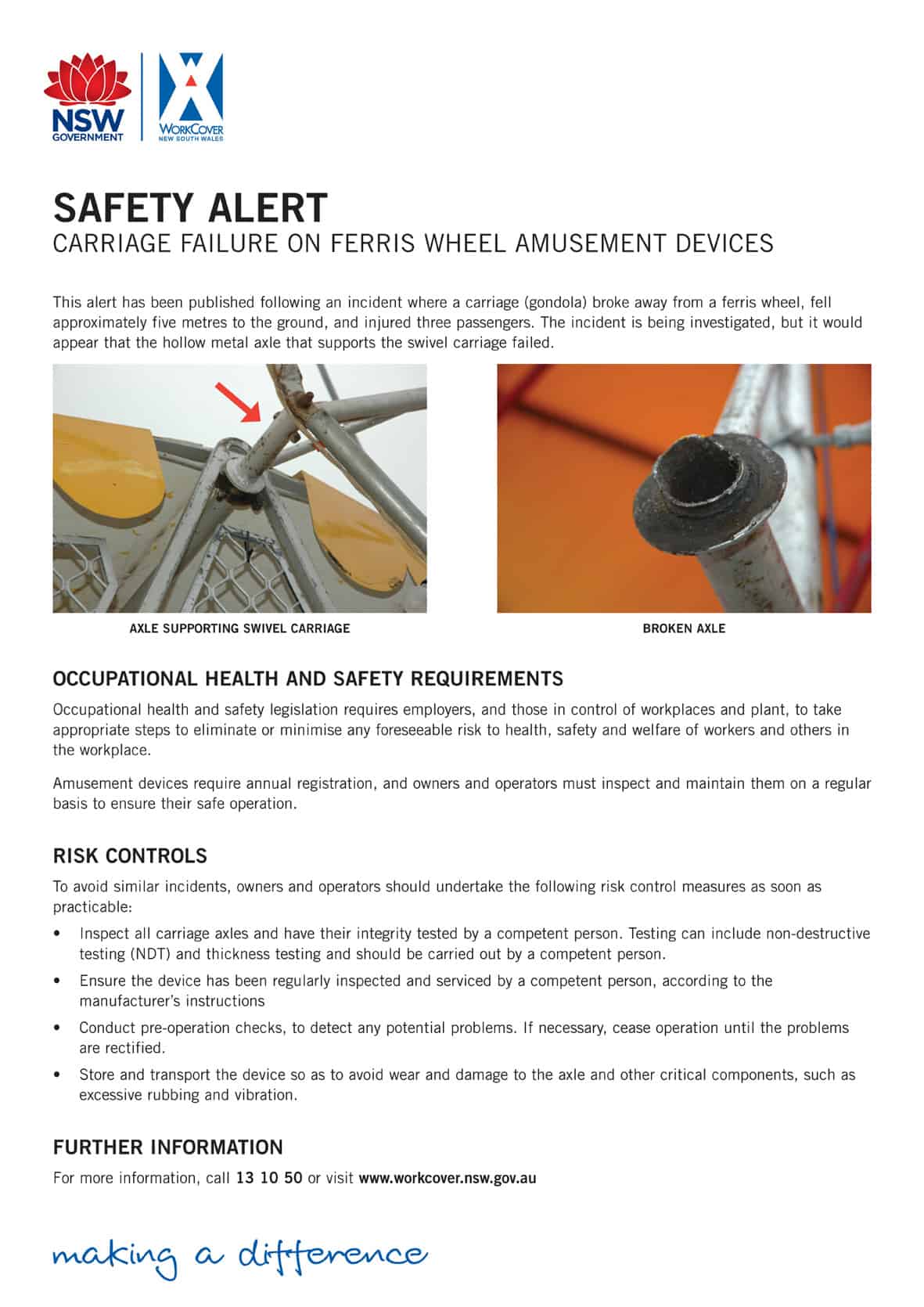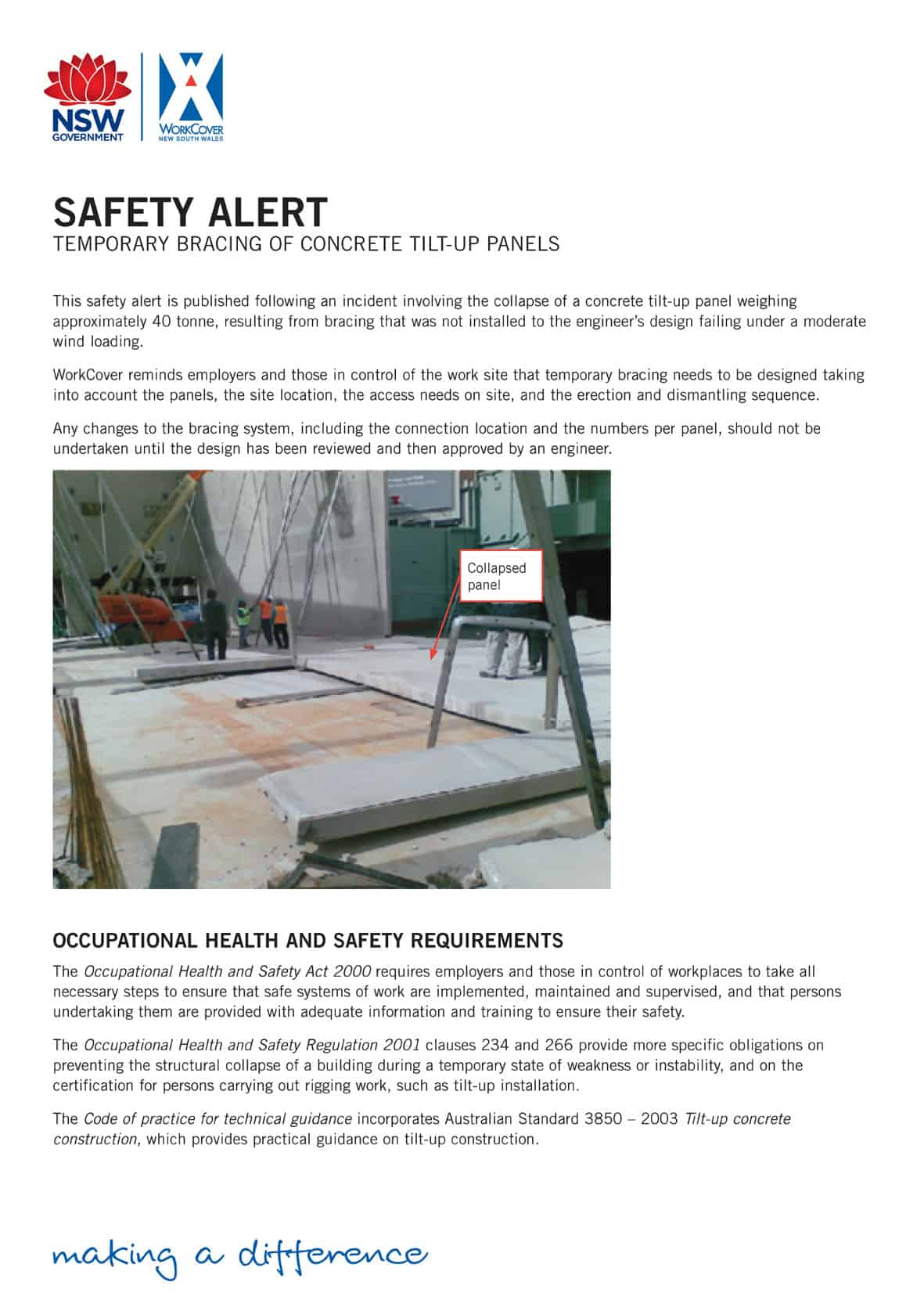In response to a recent post about Workplace Suicides, Rosemary McKenzie-Ferguson provided a lengthy comment that I believe deserves a post of its own:
The hardest funeral to say “a few words” at is the funeral of a suicide victim.
The hardest thing to do is look into the hearts of the family and friends of the person in the coffin and try to find a glimmer of hope to gift them to hold onto.
The hardest thing to cope with is knowing that the loved one in the coffin held onto life with both hands until the harshness of life within the WorkCover system became too much to cope with. Continue reading “WorkCover and Suicides”


 Prominent OHS unionist, Yossi Berger*, has attempted to place the issue of quad bike safety in the greater context of OHS In the latest issue of the Australian Workers’ Union’s Say Safety magazine (only
Prominent OHS unionist, Yossi Berger*, has attempted to place the issue of quad bike safety in the greater context of OHS In the latest issue of the Australian Workers’ Union’s Say Safety magazine (only 


